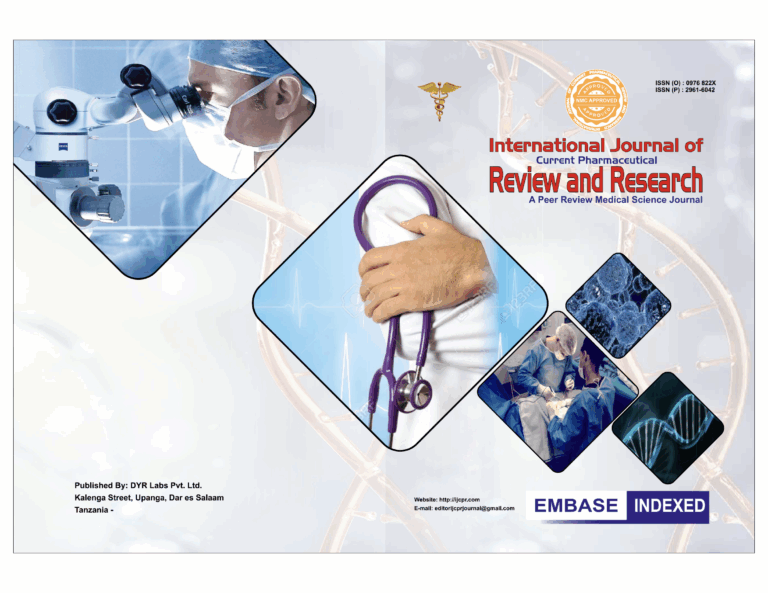Aim: The purpose of this study was to determine the role of ultrasound (US) as a predictor of pregnancy outcome in cases of threatened miscarriage. Introduction: First-trimester bleeding is a common medical concern. It may result in pregnancy loss or adverse maternal and fetal outcomes. Certain sonographic parameters, such as GSD, YSD, CRL, and FHR, may be able to predict these outcomes.
Material and methods: A prospective study of 500 women in their first trimester was divided into three groups: group I (130 women) with threatened abortion that resulted in abortion, group II (170 women) with threatened abortion that resulted in pregnancy completion, and group III (200 women) with normal pregnancy. Gestational Sac Diameter (GSD), Yolk Sac Diameter (YSD), Crown-Rump Length (CRL), and Foetal Heart Rate (FHR) were among the indicators used in the United States. These patients’ pregnancy outcomes were assessed.
Results: A significant difference was found between group I and the other two groups regarding FHR and CRL (P<0.05), while no significant difference was observed among the three groups regarding GSD or YSD. Compared to control group, the cases of group II had a higher incidence of premature rupture of membrane PROM (OR=9.9, P<0.05), gestational hypertension (OR=5.4, P< 0.05), and placental abruption (OR=4.8, P<0.05).
Conclusion: FHR and CRL are useful sonographic markers for predicting pregnancy outcome in women who are at risk of miscarriage. FHR at 115 beats per minute has the highest predictability, while CRL at 22 mm has the lowest.


